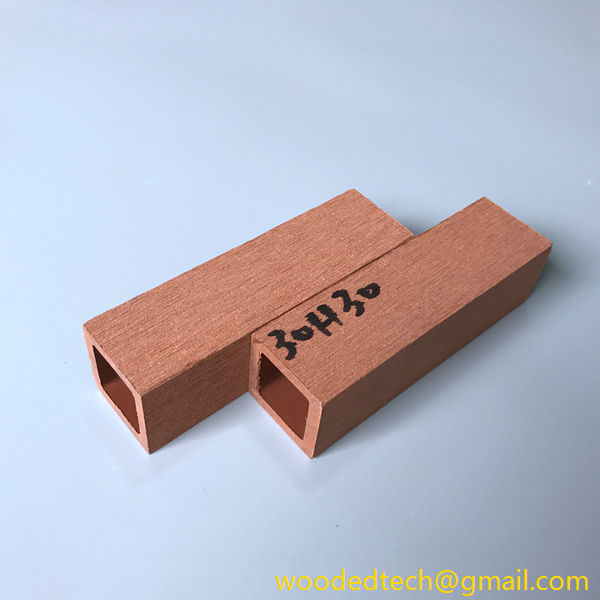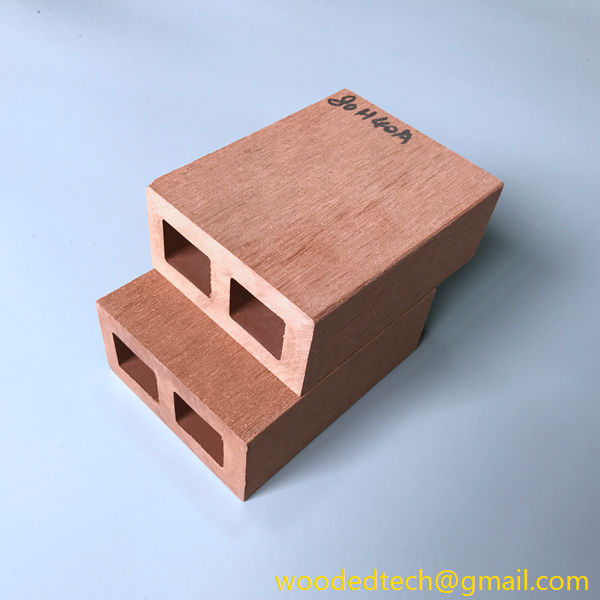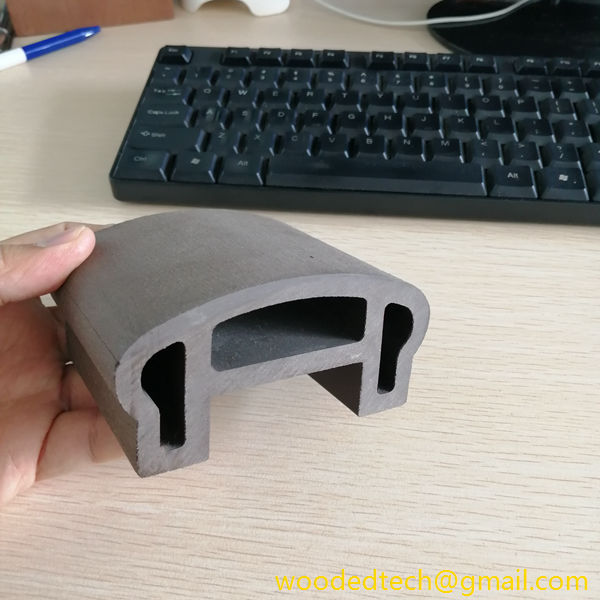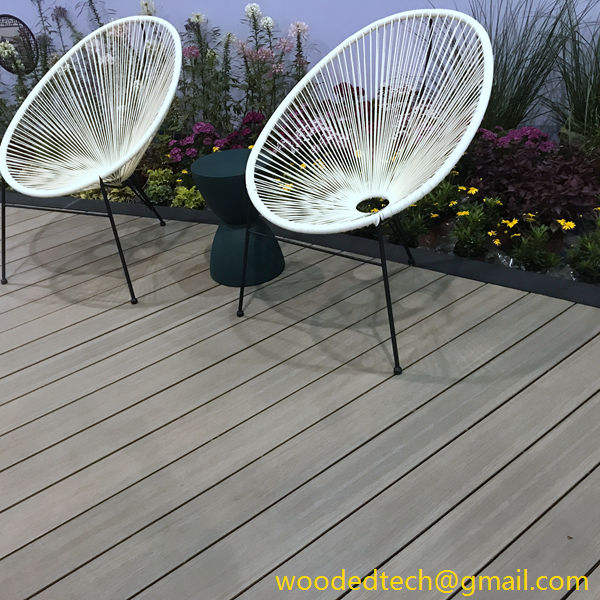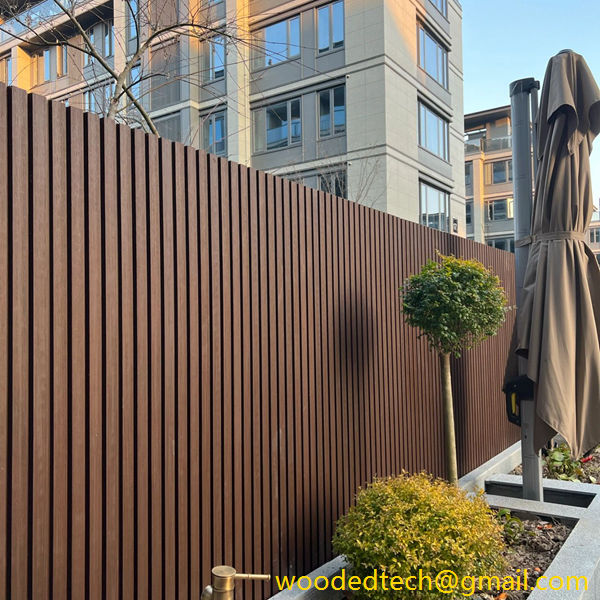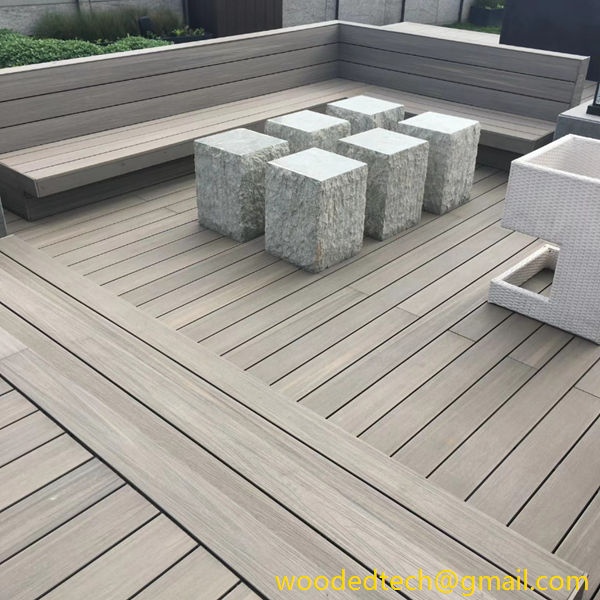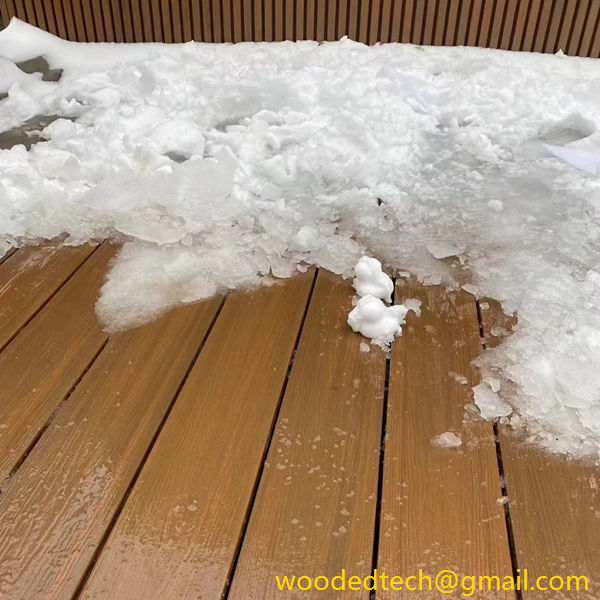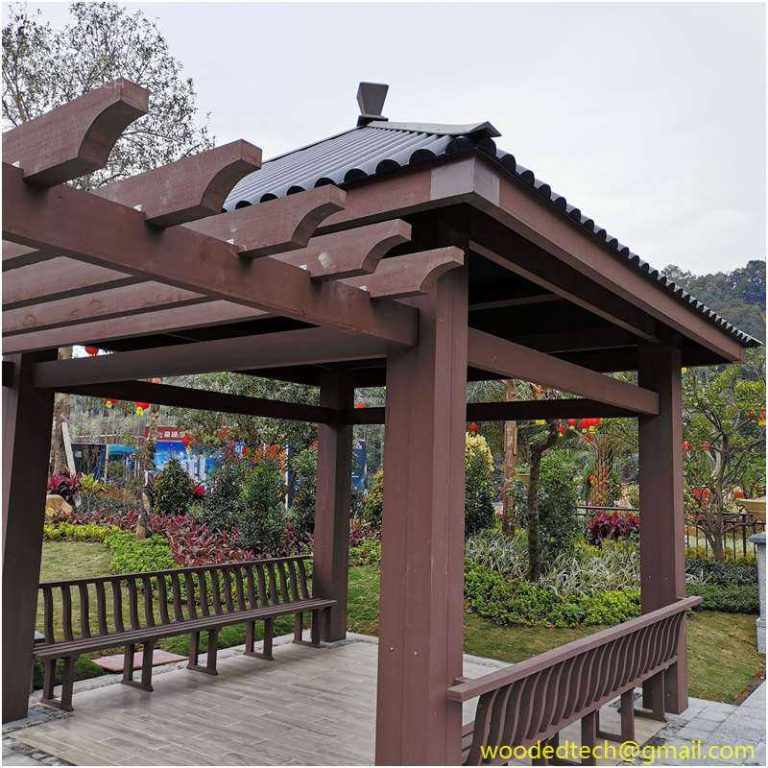Honest Review of Wood Plastic Composite: Pros and Cons
Wood Plastic Composite (WPC) has emerged as a popular material in the construction and design industries, blending the natural aesthetic appeal of wood with the durability and resilience of plastic. As the demand for sustainable building materials grows, WPC has gained traction for its versatility and eco-friendliness. However, like any material, it comes with its…
Wood Plastic Composite (WPC) has emerged as a popular material in the construction and design industries, blending the natural aesthetic appeal of wood with the durability and resilience of plastic. As the demand for sustainable building materials grows, WPC has gained traction for its versatility and eco-friendliness. However, like any material, it comes with its own set of advantages and disadvantages. In this article, we will explore the pros and cons of WPC while also considering the implications of global production capacity distribution in this sector.
One of the most significant advantages of WPC is its sustainability. Made from recycled wood fibers and plastic, WPC reduces the reliance on virgin timber and helps divert plastic waste from landfills. As the global focus shifts toward eco-friendly materials, WPC aligns well with the principles of sustainable development.
WPC is inherently resistant to decay, rot, and termite damage compared to traditional wood. This durability makes it an excellent choice for outdoor applications, such as decking, fencing, and garden furniture. The resistance to moisture also ensures that WPC maintains its structural integrity even in harsh weather conditions.
Unlike traditional wood, which requires regular staining, sealing, and painting, WPC demands minimal maintenance. A simple wash with soap and water is often sufficient to keep it looking new. This low-maintenance characteristic appeals to homeowners and businesses alike, as it saves time and money over the long term.
WPC is available in various colors and finishes, allowing designers and architects to achieve the desired aesthetic without compromising on durability. The material can mimic the appearance of natural wood, providing the warmth and beauty of wood while offering the resilience of plastic.
WPC is typically lighter than traditional wood, making it easier to handle and install. Many WPC products come with interlocking systems that simplify assembly, which can be a significant advantage for contractors and DIY enthusiasts. The ease of installation can lead to lower labor costs and quicker project completion times.
While WPC may offer long-term savings due to its durability and low maintenance, the initial cost can be higher than that of traditional wood. This upfront expense can deter some consumers, particularly those on tight budgets. However, as production techniques improve and economies of scale are achieved, prices may become more competitive.
WPC can be susceptible to thermal expansion, meaning it may expand and contract with temperature changes. This characteristic can lead to warping or gaps if not accounted for during installation. Proper spacing and fastening techniques are essential to mitigate this issue, which may require additional planning and expertise.
Although WPC is more durable than traditional wood, it is not impervious to wear and tear. Over time, exposure to UV rays can lead to fading and discoloration. While many manufacturers offer products with UV protection, the longevity of WPC may not match that of high-quality timber.
While WPC is made from recycled materials, the production process still involves plastic, which poses environmental challenges. The extraction and processing of fossil fuels for plastic production contribute to greenhouse gas emissions. Additionally, the recyclability of WPC itself can be limited, as not all facilities can process it effectively.
WPC is not suitable for all structural applications. While it excels in non-load-bearing uses, such as decking and cladding, it may not provide the necessary strength for load-bearing applications. This limitation can restrict its use in certain construction projects and may necessitate the integration of other materials.
As WPC continues to grow in popularity, understanding the global production capacity distribution is essential for assessing its future in the market. Currently, the largest producers of WPC are located in regions with access to abundant wood waste and plastic materials. North America, particularly the United States and Canada, has a well-established WPC manufacturing industry, driven by a combination of environmental awareness and technological advancements.
Europe is also a significant player in the WPC market, with countries like Germany and Italy leading the way in innovation and production capacity. The European Union’s strict regulations on waste management and sustainability have further accelerated the adoption of WPC as a viable alternative to traditional building materials.
In Asia, countries such as China and Japan are rapidly expanding their WPC production capabilities. With a growing focus on sustainable construction practices and an increasing number of eco-conscious consumers, the demand for WPC in these regions is expected to rise significantly. However, challenges such as quality control and material sourcing must be addressed to ensure that production meets international standards.
As the global demand for WPC grows, manufacturers must consider the environmental impact of their production processes. Innovations in recycling technologies and the development of bio-based plastics could further enhance the sustainability of WPC. Additionally, as awareness of the importance of circular economies continues to rise, the ability to recycle and repurpose WPC will play a crucial role in its long-term viability.
Wood Plastic Composite presents a compelling option for various construction and design applications, combining the best features of wood and plastic. Its sustainability, durability, and low maintenance make it an attractive choice for eco-conscious consumers. However, it is essential to weigh the pros and cons carefully, considering factors such as cost, thermal expansion, and the material’s environmental impact.
As global production capacity continues to evolve, stakeholders must prioritize sustainable practices and technological advancements to enhance the advantages of WPC while minimizing its drawbacks. By fostering a responsible approach to production and consumption, WPC can play a significant role in the future of sustainable construction.

